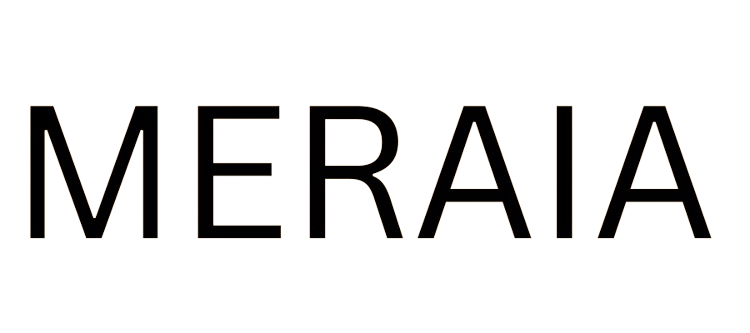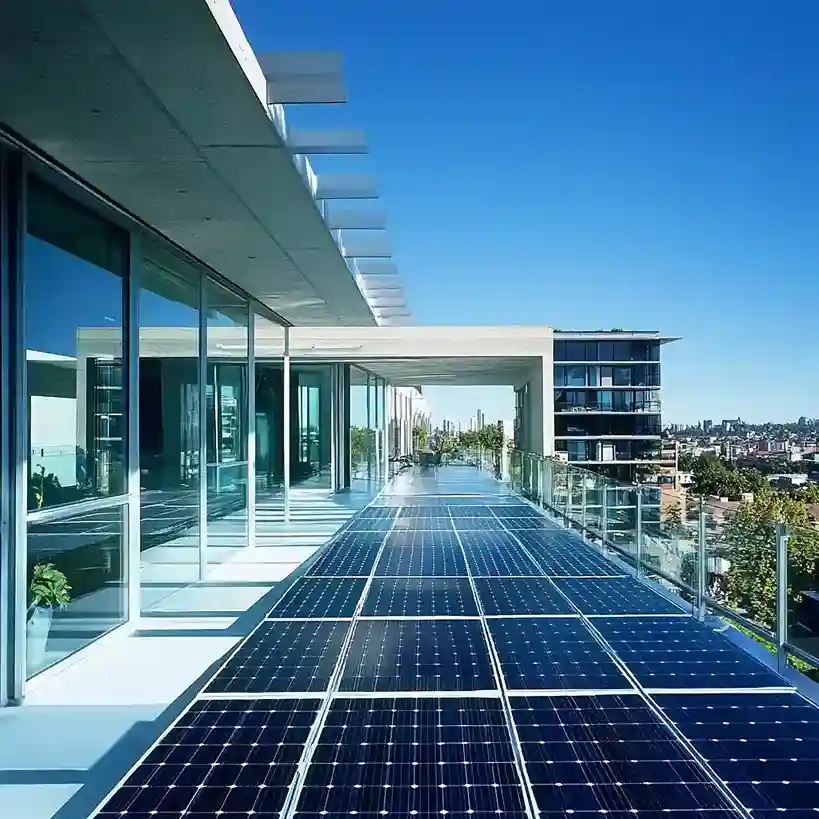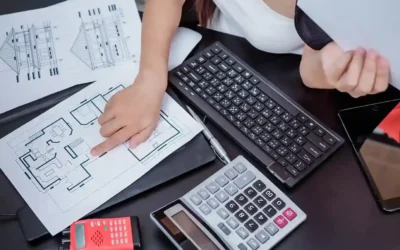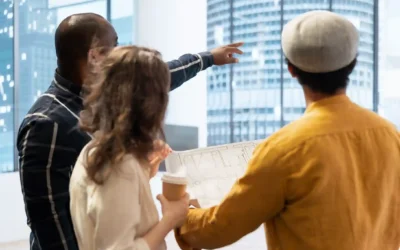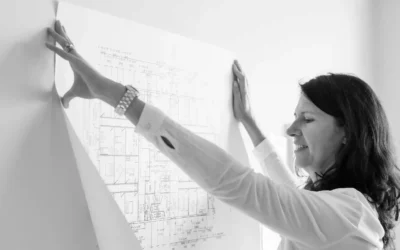Passive solar design has emerged as an essential element of modern architectural practices in a world where sustainability is increasingly significant. Passive solar design reduces environmental impact, enhances indoor comfort, and decreases energy use by harnessing the sun’s energy. With its plentiful sunlight, implementing passive solar techniques is beneficial and feasible for an architecture firm in Dubai. This blog explores the advantages of passive solar design and its significance in sustainable architecture.
What is Passive Solar Design?
The phrase “passive solar design” refers to architectural strategies that use solar energy instead of mechanical systems to heat, chill, and illuminate buildings. To improve energy efficiency, passive solar design employs components like building orientation, thermal mass, insulation, and carefully placed windows, in contrast to active solar systems like solar panels.
Key Benefits of Passive Solar Design
Energy Efficiency
One of the most significant advantages of passive solar design is its ability to reduce energy consumption. Buildings can lessen their need on HVAC systems by using natural heating and cooling methods, which will minimize energy expenses and carbon emissions.
Passive solar techniques such as shading elements and suitable building alignment can greatly reduce the demand for air.
Cost Savings
While the initial design phase may require additional planning, the long-term cost savings from reduced energy bills outweigh the upfront investment. By lowering client operating expenses, passive solar elements can increase project worth for an architecture firm in Dubai.
Improved Indoor Comfort
Features like thermal mass store heat during the day and release it at night, creating a consistent indoor environment.
Environmental Sustainability
Passive solar design reduces greenhouse gas emissions by using less energy. Dubai’s aspirations for a sustainable future align with this approach, meeting international sustainability criteria.
Enhanced Natural Lighting
Passive solar architecture reduces the need for artificial lighting by maximizing natural light. This saves electricity and improves the interior spaces visual appeal.
Increased Property Value
Buildings that were designed with energy efficiency in mind tend to have higher property prices. Properties with passive solar systems are more desirable to environmentally conscious buyers and renters.
Techniques for Implementing Passive Solar Design
Building Orientation
For the best amount of solar exposure, proper alignment is essential. A building’s longest side facing north or south in Dubai maximizes natural light while reducing heat gain.
Strategic Window Placement
Windows should be strategically placed to capture sunlight in winter and minimize heat gain in summer. To manage light penetration, add louvers, shades, or overhangs.
Thermal Mass
Materials like stone, brick, and concrete absorb and retain heat during the day and release it at night to help control indoor temperatures.
Insulation
High-quality insulation minimizes heat transfer, ensuring that interiors remain warm during winter and cool in summer. Proper insulation is especially important for maintaining energy efficiency in Dubai’s extreme climate.
Shading Devices
External shading devices, such as pergolas, brise-soleil, and green walls, prevent excessive heat from entering buildings while allowing natural light to filter through.
Natural Ventilation
Cross-ventilation techniques, such as strategically placed windows and vents, promote airflow, reducing the need for mechanical cooling systems.
Examples of Passive Solar Design in Dubai
Dubai’s architectural landscape features several examples of passive solar design:
The Sustainable City
To improve energy efficiency, this sustainable community uses passive solar strategies including north-facing windows, shaded walkways, and materials with a lot of thermal mass.
Masdar City
Although located in Abu Dhabi, Masdar City’s principles of passive solar design, such as narrow streets for shade and wind towers for cooling, are exemplary for projects in the UAE.
Residential Villas
Many custom-designed villas in Dubai use passive solar techniques like insulated walls, solar glazing, and reflective roofs to balance aesthetics and energy efficiency.
Why Choose Passive Solar Design?
More than just a fad, passive solar design is a realistic way to solve environmental and energy problems. For homes, it offers more comfort and lower utility costs. Businesses benefit from improved brand reputation and alignment with corporate environmental goals. Collaborating with an architecture firm in Dubai and applying your skills in passive solar design distinguishes you as a reliable and innovative team contributor.
Challenges of Implementing Passive Solar Design
Although passive solar architecture has many advantages, there are drawbacks as well. Important things to think about are:
Initial Design Complexity
Collaborating with experienced architects and engineers ensures the design is both functional and aesthetically pleasing.
Cost of Materials
High-quality materials, such as specialized glazing and insulation, can increase upfront costs. However, these expenses are offset by long-term savings.
Site Limitations
Not every location is suitable for passive solar design. During the planning stage, elements including the local climate, lot orientation, and nearby structures must be taken into account.
Client Education
Clients may need guidance to understand the benefits and importance of passive solar features. Clear communication from architects and builders can help bridge this gap.
The Future of Passive Solar Design in Dubai
As Dubai continues to prioritize sustainability through initiatives like the Dubai Clean Energy Strategy 2050, passive solar design will play an increasingly important role in the city’s architectural landscape. Architects and developers must use innovative techniques to meet energy efficiency goals and enhance modern living spaces.
Conclusion
Integrating passive solar design into architectural projects is a smart, eco-friendly decision that advantages both the building’s occupants and the neighboring community. Passive solar design is influencing the future of architecture by minimizing energy use, improving comfort, and promoting sustainability objectives. If you’re prepared to adopt this strategy, collaborate with a skilled architecture company in Dubai to realize your vision. Meraia Concepts is transforming the benchmarks of contemporary architecture in the UAE, leveraging expertise in passive solar methods and a dedication to sustainability.
